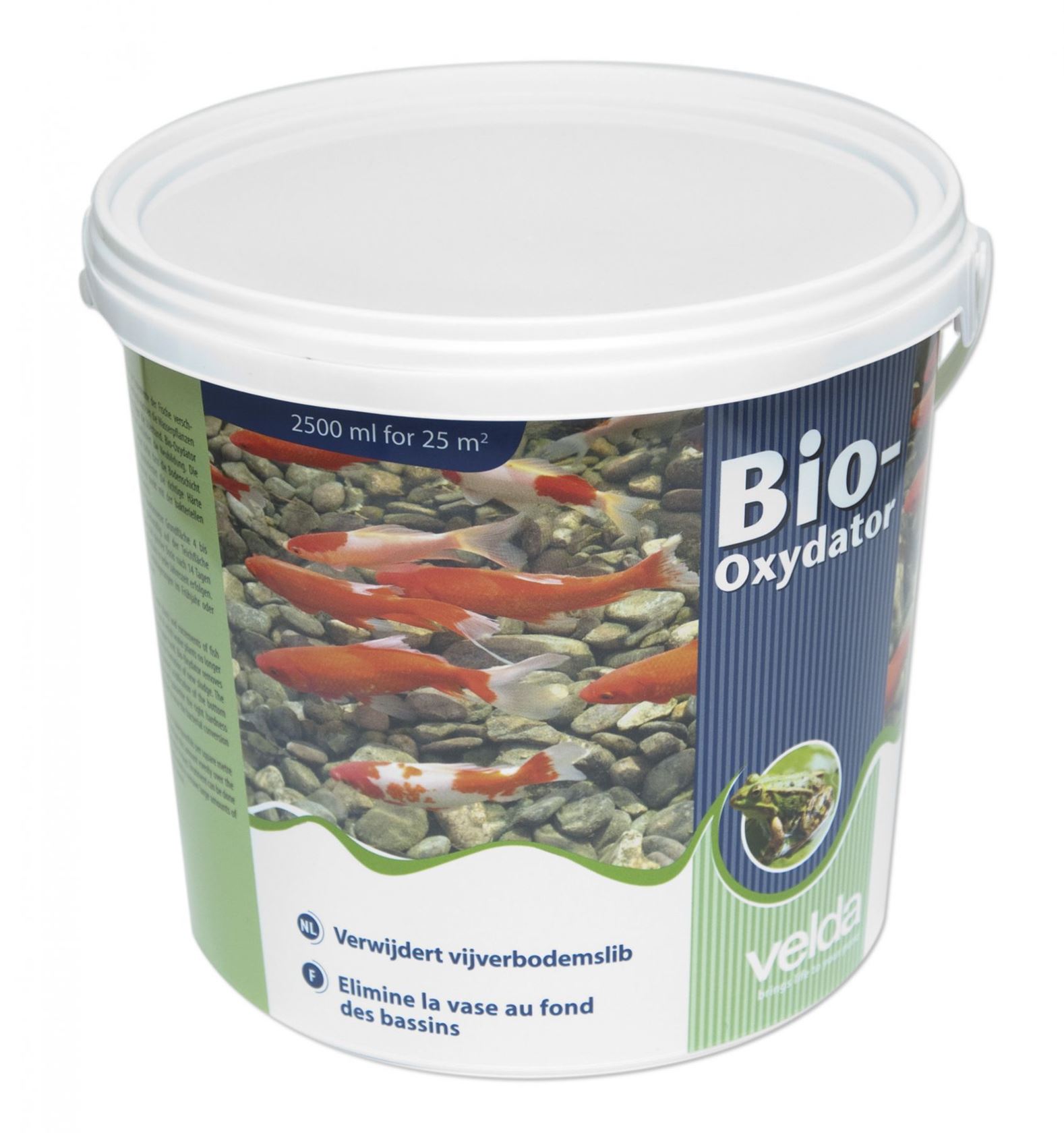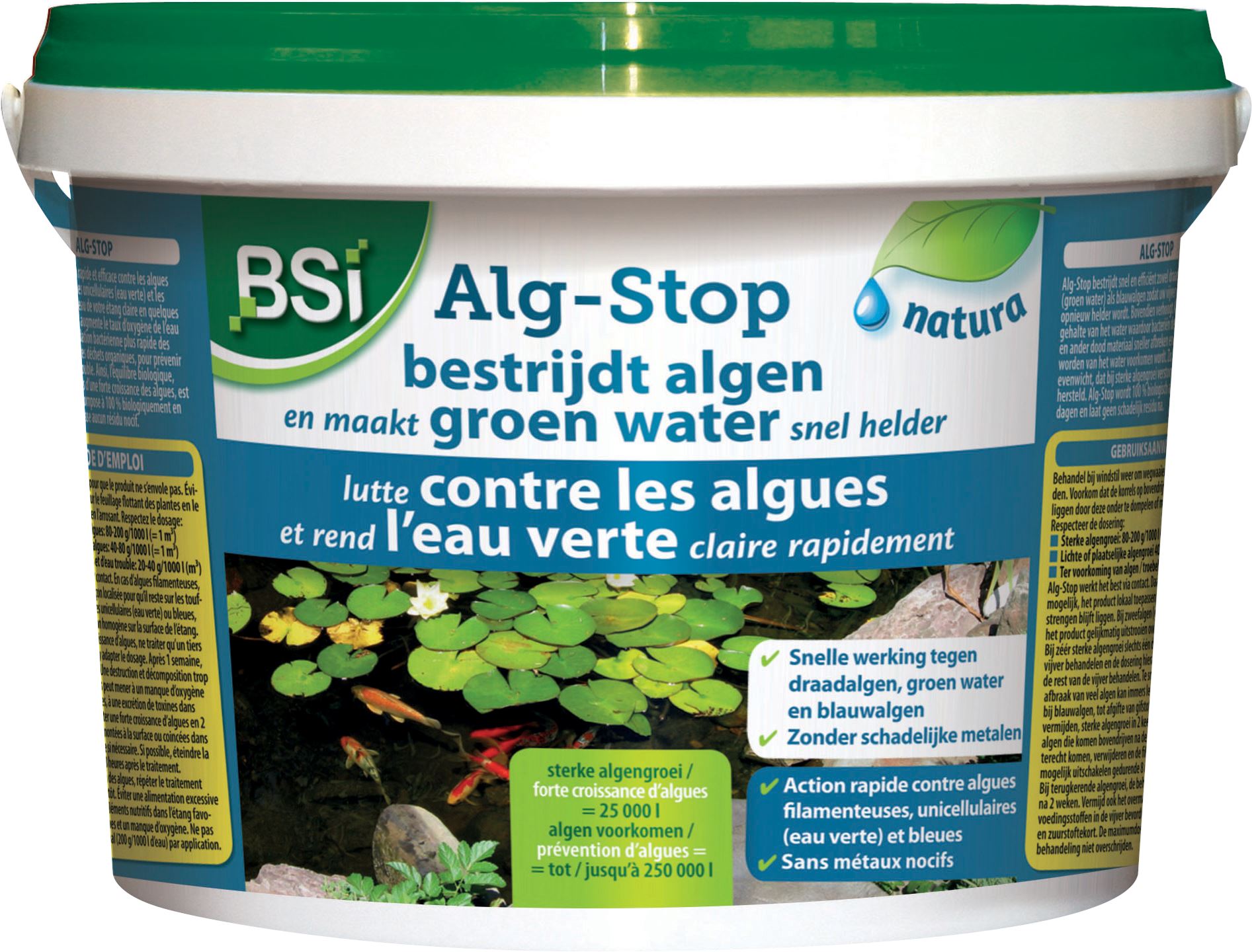
A clear pond in 4 steps
1. Clean the pond floor 🐟
Leaf litter, plant remains and fish excrement can heavily pollute the pond floor. In early spring and autumn, it is therefore very important to tackle the pond from the bottom and remove the silt layer.
2. Preventing & combating algae 🐟
Organic material not only creates a
thick layer of silt in your pond, but is also a food source for algae.
Floating algae make your pond
turbid but also prevent sunlight from reaching your water plants. Thread algae can clog up your filter. So be on time because once the sun shows itself, not only your garden will be greener but also your pond.
A
UV-C lamp in your filter system will kill floating algae. It is precisely this type of algae that multiplies very quickly and disrupts the flora in your pond.
3. Water hardness level 🐟
Snow and rain can significantly reduce the hardness of the pond water due to a lack of minerals. Good water hardness is necessary for a stable and healthy pond where oxygen plants and micro-organisms can develop well. The ideal total hardness is between 8° and 12° DH. Check the water quality regularly to prevent acidification.
4. Aquatic plants 🐟
After you have taken care of the pond and created the ideal environment, the lilies and other aquatic plants can enter the pond.
More tips for a clean pond? 👇
More info? Receive all our gardening tips directly in your mailbox!
We'll only email you handy facts, green advice and our best promotions & discounts. You'll receive it about once a week and you can unsubscribe at any time. No spam, promise 🤞















